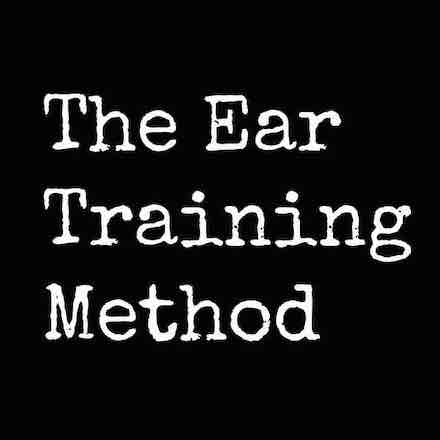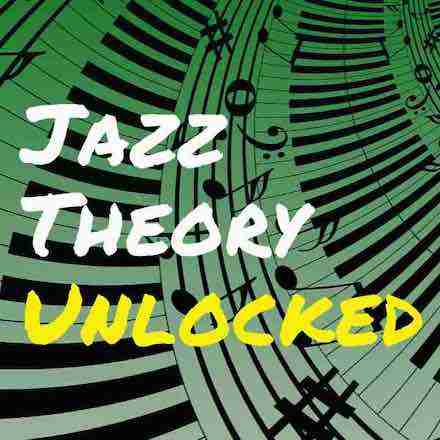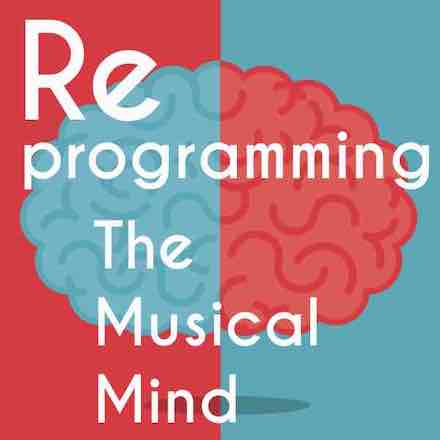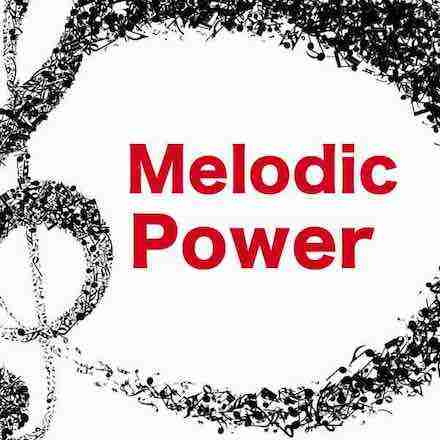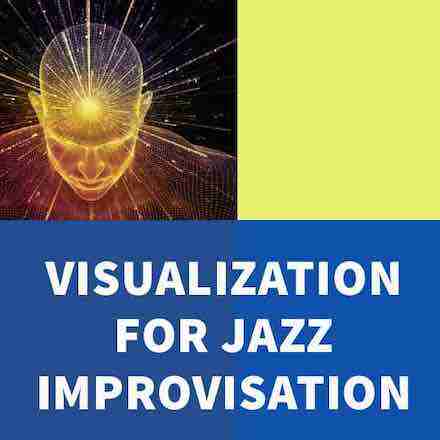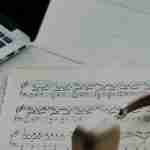It’s a question that we get asked all the time on gigs, at jam sessions, and even in our weekly lessons. As you probably know, it’s not a lot of fun when you are put on the spot and don’t know a tune. In fact, it seems like a lot of the motivation for our practice comes from our efforts to avoid this very experience of getting caught off guard or looking like an unprepared moron.
We try to memorize as many tunes as we can, we make longs lists of standards to learn, we listen to and transcribe various recordings of the greats playing, and in our free time we try to review these melodies and progressions in our heads.
However, even after all the lists, listening sessions, and memorization practice, have you done enough to “know” that tune? Take a second and honestly ask yourself: “How well do I really know these tunes?”
Do you know them well enough to shape interesting original solos? Have you spent enough time in the practice room to be free in performance or do the form and progression feel like shackles weighing you down? Are you doing just enough to fumble through yet another melody and chord progression?
I hear musicians all the time talk about all the tunes they know, but when it comes down to it, the definition of “knowing” a tune ends up being pretty wide. For some, knowing a tune means hearing it once and faking their way through it in performance. For others, it means memorizing the melody and progression after an afternoon of practice. And for a rare few, knowing means hours of practice until that tune is to the point where you could play it in all keys and at any tempo.
Everybody has a different definition of what it means to know a tune, but the real test comes on the bandstand. What do you sound like when you perform these tunes? To see where you stand, here is a quick checklist to see if those tunes you’ve got on your set list are ones that you actually know:
I. Can you sing the melody?
If you can’t sing the melody of a tune, you don’t know it – plain and simple.
You may know the fingering pattern or you may even have a clear picture of the lead sheet burned into your mind, but if it’s not ingrained aurally, you’re barely half-way there. Using a written lead sheet to think of a tune is like trying describe a color with words.
You can get a vague approximated idea of the concept of “red” from someone’s description, but If you truly want to understand it, you need to go straight to the source and experience it first hand.
Sing the melody to a tune that you know. It seems like a straight forward concept that should be simple, right? However, this process is very revealing. Go through your tune list one by one and sing the melody to each tune. Can you sing through all of these melodies perfectly without any missed notes? Are some stronger than others?
In no time, you’ll get a very clear idea of the tunes that you know and the tunes that you need to revisit in the practice room.
You’d be surprised at how many people claim to “know” a melody and then think of fingerings, memorized intervals, and lead sheets to play the tune. Let your ear be your guide and use your technique to support what you’re hearing, not the other way around.
II. Can you visualize the chord progression?
What is the chord in the 4th bar of Stella by Starlight? What chord does the bridge to Cherokee start on and how does that relate to the key of the tune? What are the first four bars to Moment’s Notice?
After having a tune or progression memorized by ear, the next important step is the ability to visualize the chord progression.
The goal is to hear chord progressions and most great players aren’t thinking about the names of chords as they are improvising, but if you happened to stop them during a performance and ask them to name a particular chord they would definitely know it. The reason behind this contradiction, is that in-order to improvise well you must repeat a progression or line so many times that it becomes ingrained indefinitely.
If you’re truly practicing these lines and tunes like you should be, you can’t help but to learn the name and relationship of each chord in the progression – it just happens. Without thinking about it you can visualize the melody and progression in your mind and ear.
Visualization is like a mental map of the tune that you follow and one of the most useful exercises in internalizing tunes. However, it’s tempting to turn this process into a useless memorization exercise where you’re reciting chord names in order. Don’t fall into this trap!
You must hear the melody and chords in your mind, feel your embouchure, air, and the fingerings you would press on your instrument, and recreate the overall experience of the tune as if you were performing it. This is visualization. When you get a tune to the point that you can play through it in your mind, you’ll know the tune on a whole new level.
III. Could you play the melody and progression to the tune in another key?
Another great indicator to test your knowledge and control of a tune is to play it in a different key. Simply pick a tune that you know, pick an unrelated key, and see what happens. In a matter of seconds, you’ll be able to tell if you “know” this tune or if you’ve memorized the note names and chord names on a lead sheet.
Before you begin, take a second to visualize it. Hear the melody and see the relationships between the different chords in your mind. This can be a tricky exercise at first, so remember that it doesn’t have to be perfect on your first attempt.
Start with the melody and work it out by ear. It might be tempting to think of note names and to mentally work out the lines as you go, but force yourself to hear the shape of the melody. Next workout the chord progression in the new key. In the original key you might have been thinking of note names (“G7 to C-7 then F7…”), this works in one key, but in a new one, you’re out of luck.
Learn to see the progression in terms of numbers and intervallic relationships (“Start on the I chord, then move to a ii-V7 of the flat III chord…”). With this mindset, you can transpose the progression easily to any other key, whereas before, each new key felt like learning a new tune.
As jazz musicians, we’re learning new tunes all the time in the practice room. Our overall goal is to create a lasting repertoire of tunes we “know” that we can always rely on in performance. Our definition of learning a tune and “knowing” a tune determines the strength of this repertoire and can make or break us on the bandstand.
The next time you learn a tune, use these three quick tests to see if you’re headed in the right direction. If you can’t sing the melody, visualize the progression, or work it out in another key, it’s time to head back to the practice room.

